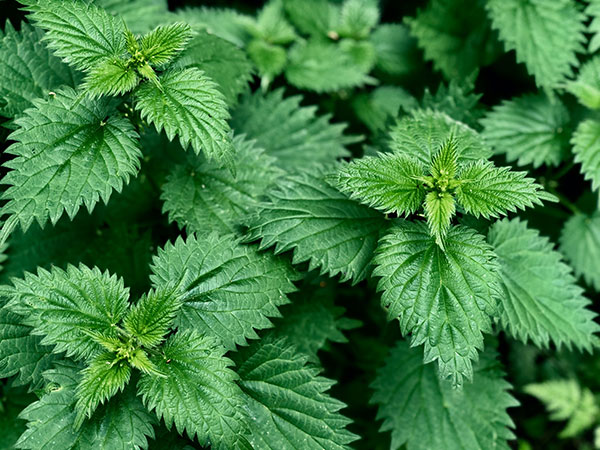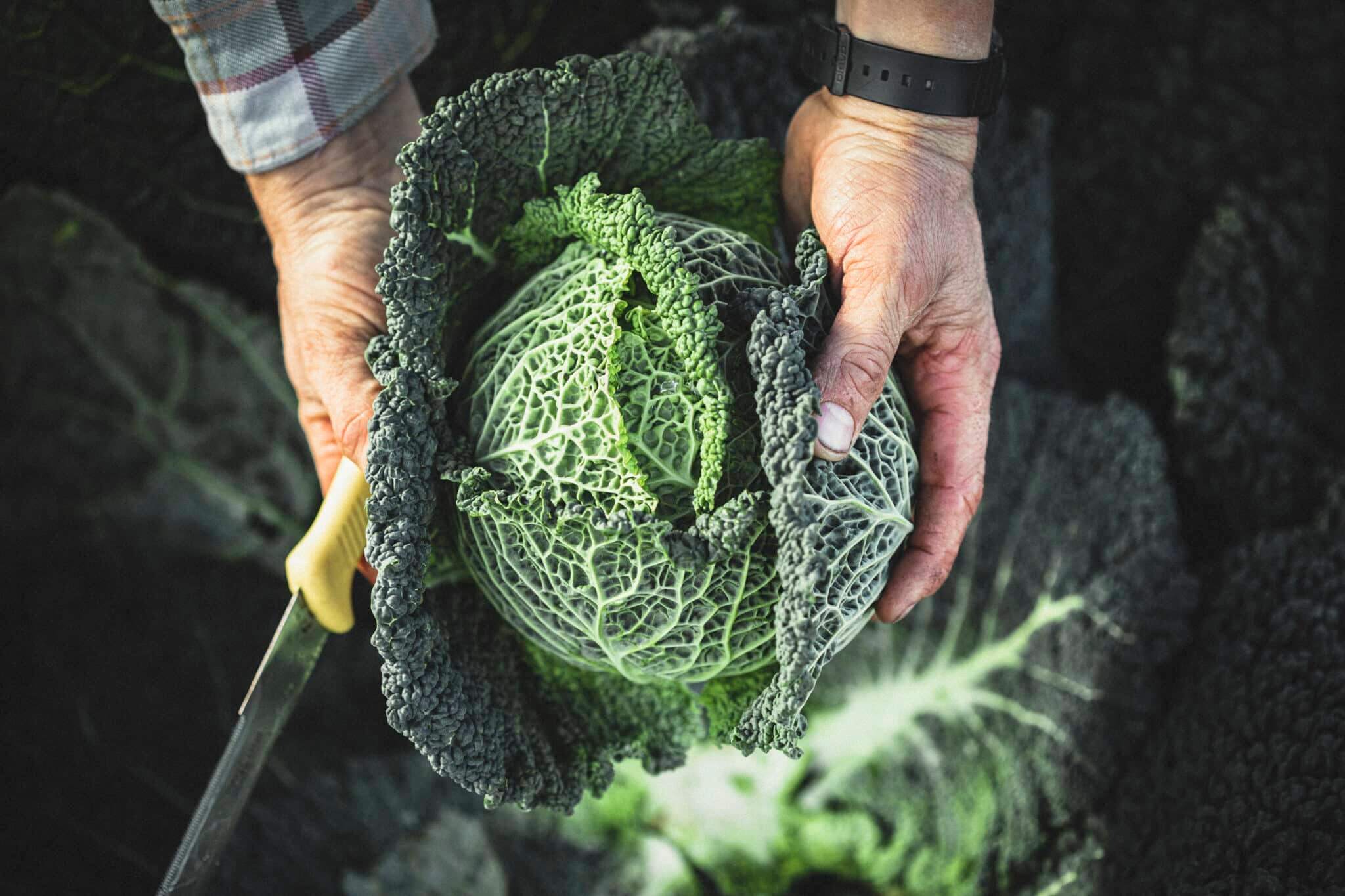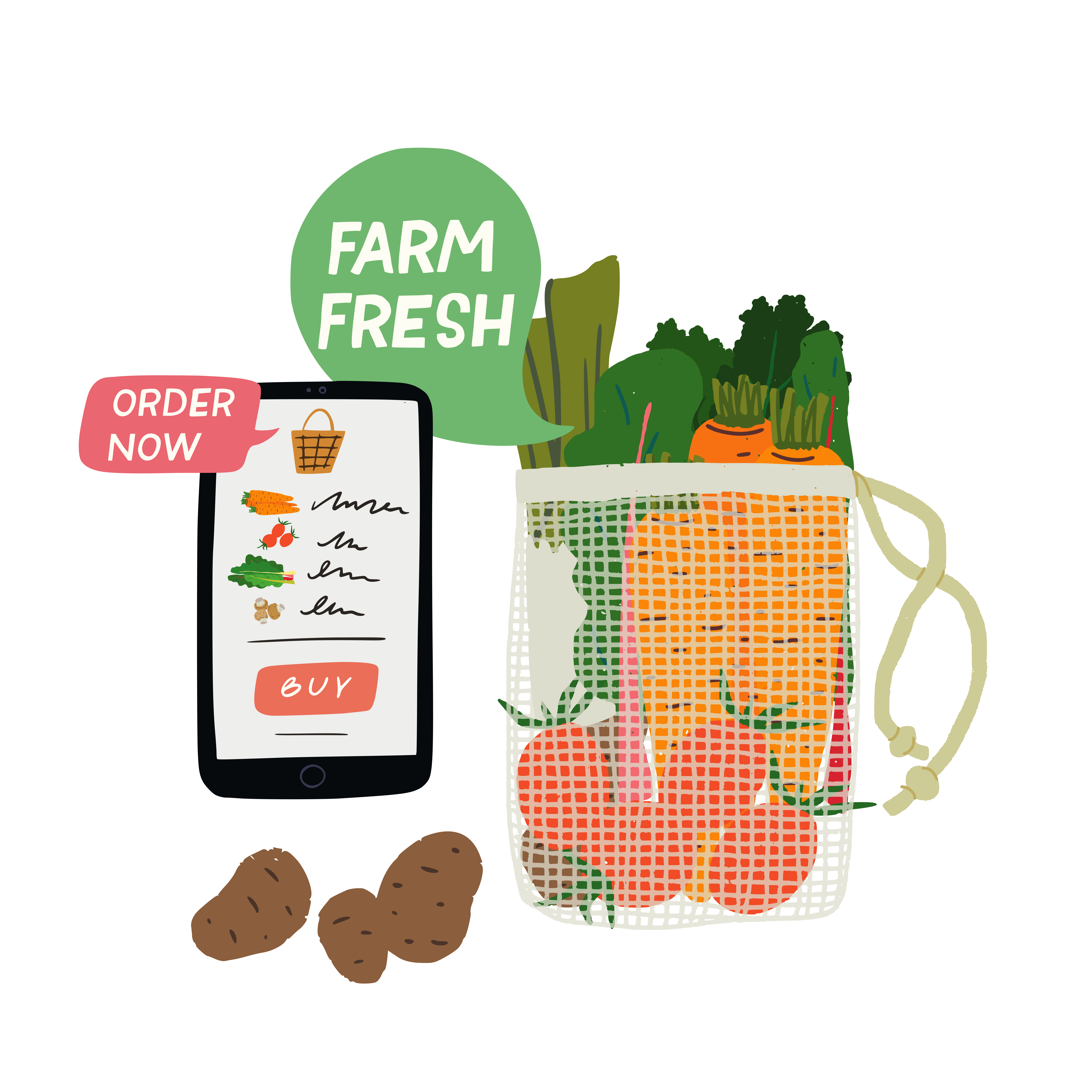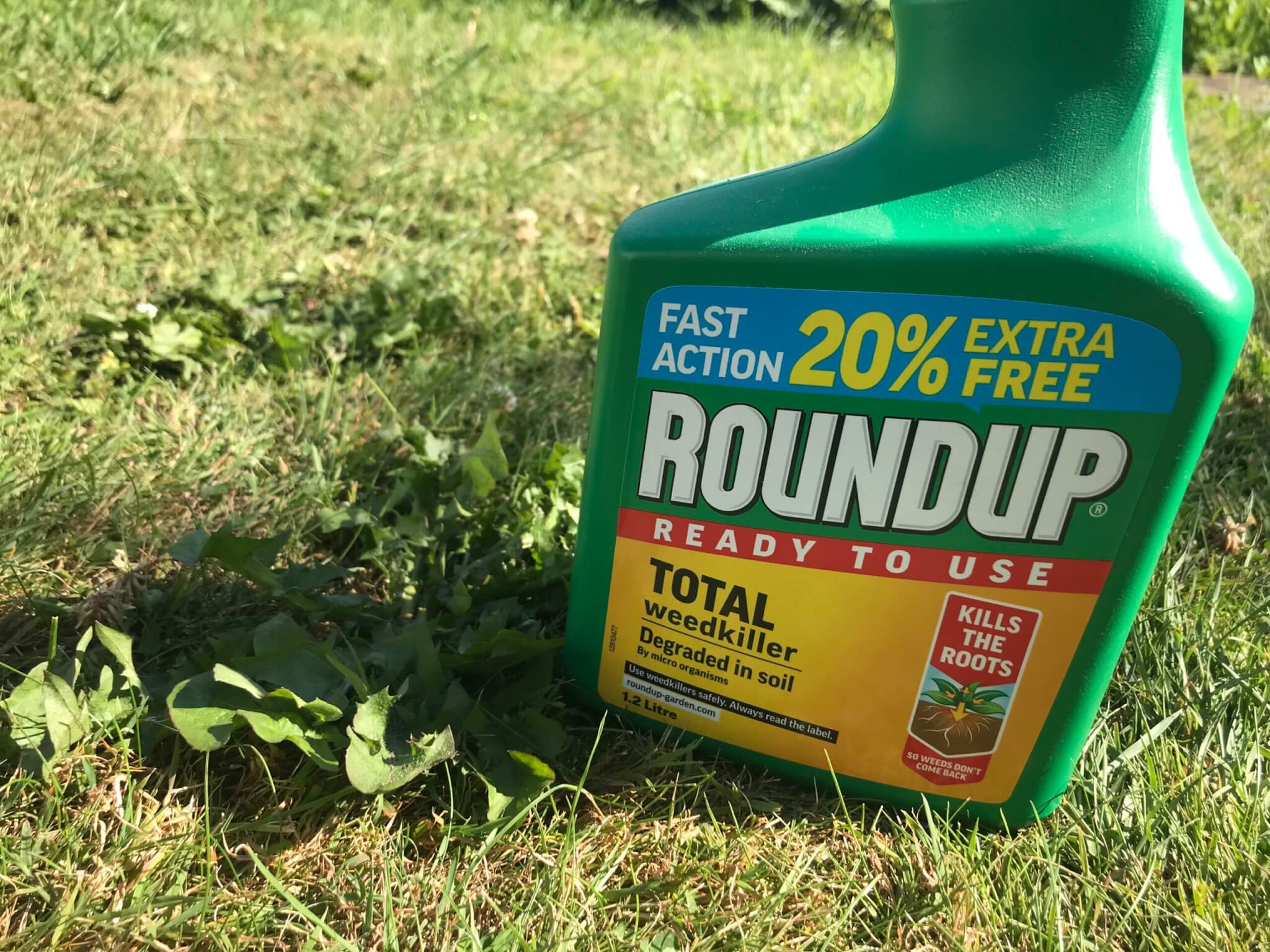Every gardener is taught that weeds are bad. They compete for the soil’s nutrition and moisture.
But I find hard to hate the golden dandelion – so important for nectar-collecting bees. Or to chop a daisy, star-bright on the lawn. I even allow some bindweed to climb up a post because I love its white trumpet flowers, virgin pure but heralding sheer bloody-minded resilience.
And if you think I’m a soft-hearted romantic organic grower, with garden unkempt and a riot of choking foliage, then let me explain. Weeds aren’t all bad. Some are beautiful, some provide nutrition for the soil, and many are helpful to beneficial insects. Along with your chosen plants, they contribute to that all important biodiversity that any growing area needs.

As Jack Wallington memorably wrote in his book Wild About Weeds – weeds can be good, bad and indifferent. Like me, he is happy to garden with these rebel plants.
Let’s look at the good ones.
Weeds are sometimes the first flowers to appear. So hungry bees and other insects emerging in early spring will access their nectar. Daisies, dandelions and white-nettle are all in full bloom in April. With cow parsley – loved by aphid-eating hoverflies – hot on their heels.

Stinging nettles are a remarkable plant. The stems and leaves make an excellent mineral-rich liquid feed after soaking in a bucket of water. Older stems are as strong as string, and can be used as a plant tie (use gloves to cut stems, plunge into boiling water for a few minutes, weave a couple into a rope and then dry. You’ll not be able to break it no matter how hard you pull.) Nettle flowers are loved by butterflies such as Red Admirals, Small Tortoiseshell and the Comma. And the seeds are used in herbal medicine to alleviate fatigue.
Edible weeds include ground elder (its young leaves are like spinach, and equally full of goodness); fat hen is full of vitamin C; and a bramble will treat you to autumn blackberries.
Some weeds are drop dead gorgeous. Leave single plants of rosebay willow herb (clear all the others) to appreciate its remarkable architectural splendour and rich reddish/pink flowers. Or keep a scatter of brightly coloured poppies to liven your veg patch. A small clump of self-seeded chamomile between your patio stones will fill the air with fragrance as you tread over them to sip an evening gin and tonic.

Are brilliant blue forget-me-nots weeds? Or the darker azure knapweed? The scarlet pimpernel and the lime green spurge? I never invited them into my garden, but they enhance every bed they pop up in.
Weeds don’t need feeding or pruning. The only maintenance is keeping on top of them, so that those you don’t want turn to seed, and those that you do can shine.
For advice on how to manage your weeds the organic way, go to www.gardenorganic.org.uk/weed-management.
The Grow Your Own Wicked Leeks series is written by Garden Organic, the national charity for organic growing.
Each month we bring you timely advice on what to do in your organic patch. We hope they inspire you on your organic growing journey, whether you’re an experienced grower or just starting out. Share your own tips and gardening photos on social media under #GYOWickedLeeks.













I always find it interesting to discover what people identify as a WEED. When you realise that one human’s weed is another humans harvest, you realise that “weed” is an entirely subjective term.
Permaculture teaches that “weeds” are valuable indicators of the condition of the soil. The plants that grow first where soil is depleted, conditions are hostile, and nutrition is out of balance are important indicators of what is missing in the soil, and those weeds usually contribute to bringing the soil back into balance. Deep roots draw nutrients up from the soil that shallow roots cannot reach. Tough stems and leaves endure conditions that are too dry or windy, Any plant that can survive a hostile location helps to protect the soil from erosion and reduce moisture loss.
So I wonder at the passion that some gardeners display in their attempts to eradicate living things from their garden, when they would often be better advised to let it grow, chop it and drop it to add to the mulch layer, and concentrate on planting more of what they want in the shelter created by the “weeds”.
A really interesting point and one that really reminds us to slow down and observe first!